Kubernetes Operators for AI Workloads: Simplifying AI Deployment at Scale
As AI and machine learning workloads grow increasingly complex, deploying and managing models in production requires more than just containers. This is where Kubernetes Operators come into play. Operators extend Kubernetes’ capabilities, automating the deployment, scaling, and management of AI workloads such as training pipelines, model serving, and data preprocessing.
Unlike generic deployments, Operators encode operational knowledge into software, enabling AI teams to:
-
Automate complex workflows: Train, validate, and deploy models consistently without manual intervention.
-
Ensure scalability: Dynamically scale resources based on workload demands, optimizing GPU and CPU utilization.
-
Simplify model updates: Seamlessly update AI models while maintaining production stability.
-
Monitor performance: Integrate observability for both infrastructure and AI-specific metrics.
Popular Operators for AI workloads include Kubeflow, KServe, and MLflow Operator, each tailored for specific stages of the AI lifecycle. Using these Operators ensures that organizations can focus on innovation rather than infrastructure management.
Key Benefits of Using Operators for AI Workloads
-
Consistency & Reliability: Reduce human error and enforce best practices in AI deployment.
-
Resource Efficiency: Automatically allocate GPUs and memory as per workload requirements.
-
Portability: Run AI workloads seamlessly across on-premises, cloud, or hybrid environments.
-
Faster Time-to-Market: Speed up experimentation, model retraining, and deployment cycles.
Frequently Asked Questions
Q1: What exactly is a Kubernetes Operator?
A Kubernetes Operator is a method of packaging, deploying, and managing a Kubernetes application. It encodes operational knowledge to automate complex tasks that humans would normally handle manually.
Q2: Why do AI workloads need Operators?
AI workloads often require GPUs, distributed training, or specific dependencies. Operators automate scaling, versioning, and resource management, which are critical for AI workloads’ efficiency and reliability.
Q3: Can Operators handle both training and inference?
Yes, some Operators like Kubeflow manage the entire AI lifecycle, from distributed training to serving models in production.
Q4: Are Operators only for large organizations?
Not at all. Even startups can benefit from Operators by reducing operational overhead and ensuring best practices for deploying AI models.
Q5: How do Operators interact with GPUs?
Operators can automatically schedule workloads on GPU-enabled nodes, monitor GPU utilization, and scale workloads based on GPU availability.
Q6: What’s the difference between Kubeflow and KServe?
-
Kubeflow: Focuses on the full ML lifecycle—training, tuning, and serving.
-
KServe: Specializes in model serving and inference at scale.
Q7: Are Operators difficult to implement?
Implementing an Operator requires Kubernetes knowledge, but many pre-built Operators exist specifically for AI, which simplifies the process significantly.













 2025. All rights reserved
2025. All rights reserved